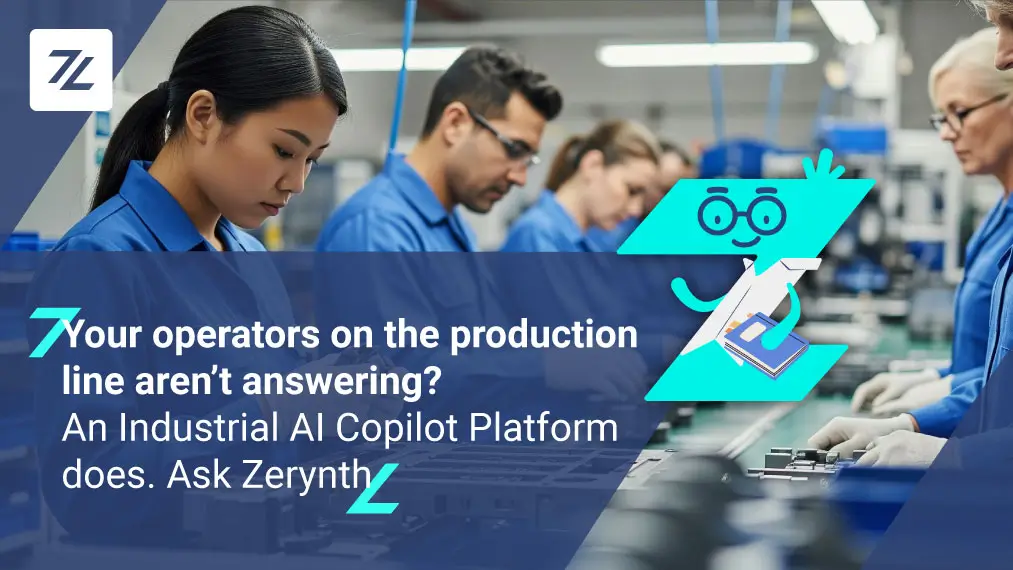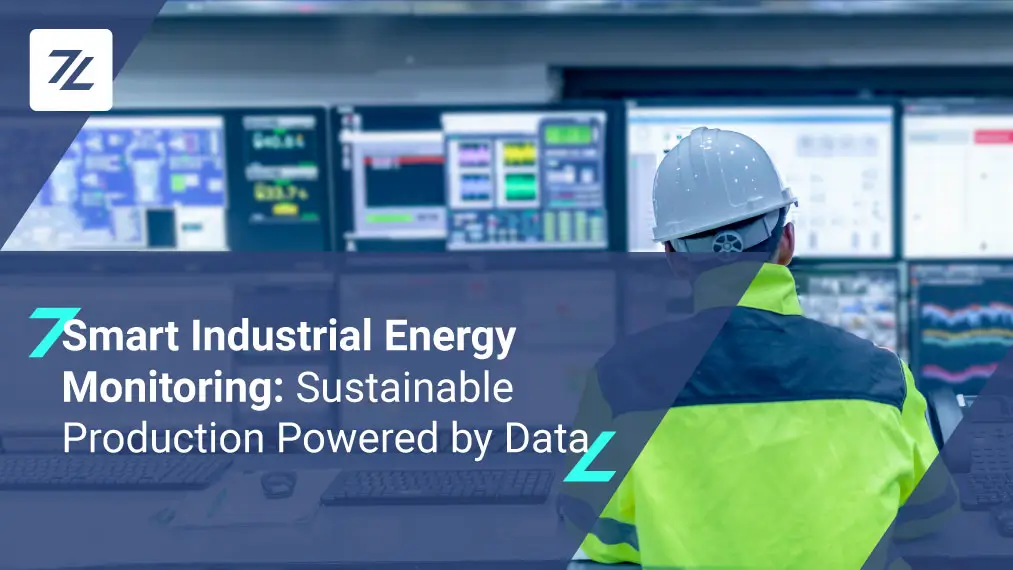The Industrial IoT APP’s real strength is its accessibility. From in-depth studies on actual user experience, we have outlined a process for configuring new machinery that is simple and accessible to everyone, even those without technical knowledge, and they are suitable for industrial energy monitoring actions.
To reduce production process costs, we have created the Zerynth Industrial IoT APPs: a set of tools that allow you to collect data from machinery for automatic processing and display on special dashboards.
User Experience of Zerynth’s APPs
In the previous blog post we talked about user experience and the importance of creating easy-to-use, intuitive and simple applications for greater end-user satisfaction. In this article, however, we will look at the implementation choices for implementing Zerynth’s Industrial IoT APPs in more detail which were devised and designed for industrial power monitoring purposes.
The real strength of these apps is their accessibility. It is in fact possible to program industrial machines using a “Wizard” type configurator that asks the user some simple questions, and, based on the answers obtained, allows you to understand how to extrapolate and reprocess the data from this machine and view them in special dashboards.
The development process for the creation of our IoT APP Industry was complex, as it had to take into account a series of needs and characteristics to create a tool that could also be used by non-experts in the sector. We therefore initially focused on studying which User Experience (UX) we wanted to offer our users.
Figure 1. Zerynth Industrial IoT APP- Machine Monitoring
The choice of criteria and implementation
User experience refers to the way a user interacts with a product, system or service and includes the person’s perceptions of utility and ease of use. UX design is a process used to create products that deliver meaningful and relevant experiences to users. This, therefore, includes designing the entire product acquisition and integration process, including aspects of branding, design, usability, and functionality.
During the development of the UX for the Zerynth APP, we have researched objective and essential features for an effective industrial energy monitoring process and then focused on the following factors:
- Learnability, the degree to which it is possible to understand the interface and/or the system without having to consult a user manual;
- Efficiency indicates the speed with which a user is able to perform a certain objective;
- Memorability, if you use an interface once, you should be able to come back after a certain amount of time and still remember how to use it;
- Errors, in the event that an error occurs, the user must understand what is happening, why this error occurred, and how to resolve the situation;
- Satisfaction determines how pleasant the layout you interact with is and pushes the user to decide whether to return and continue using it or not.
In this study, we have created mockups to indicate broadly the layout to follow and the style that our apps should have and, only at a later time, did we begin to write the code based on the study previously carried out and on the mockups made.
During the actual development of the apps, on the other hand, we applied an iterative development process where we met periodically for brainstorming sessions to analyze the finished work up to that moment. This was a very useful process to follow in the former stages for creating the user experience because it allowed the participants to discuss with the development team and suggest further changes to improve the accessibility of the final product.
The last step, once a satisfactory version for our apps was reached, concerned the usability test phase, both with people who are experts in the IoT sector and with non-experts. Is our app actually intuitive and simple to use for industrial energy monitoring purposes? Are there any features that need to be changed or improved?
Usability test
Usability testing is a popular UX research methodology. In a test session, the researcher asks the participant to perform tasks, usually using one or more specific user interfaces. As the participant completes each task, the researcher observes the participant’s behavior and listens to various feedback.
Participants are often asked to think aloud during usability tests, in this way the researcher can more easily understand the behaviors, goals, thoughts, and motivations of the participants while performing the assigned tasks.
It is very important to perform usability tests if we want to have a good user experience because they allow us to:
- Identify problems in designing the product or service;
- Discover new opportunities for improvement;
- Know the behavior and preferences from the target user.
There are many variables in the design of a modern user interface, and there are even more variables in the human brain. The total number of these combinations is huge so the only way to converge to a correct UX design is to test it.
Zerynth APP Machine Monitoring
We have recently launched the first “machine monitoring” APP on the market, focused on monitoring industrial machinery production. We are continuing to develop new apps following the same iterative process as we just described, and continue to maintain our focus on the usability of our products for the end user.
Using user experience techniques allows us, in this way, to create products that are simple and accessible to all, thus making it possible to introduce your ecosystem to the world of Industry 4.0 even if you do not have in-depth technical knowledge.
Share This Story, Choose Your Platform!
Follow Zerynth on
Latest Posts






